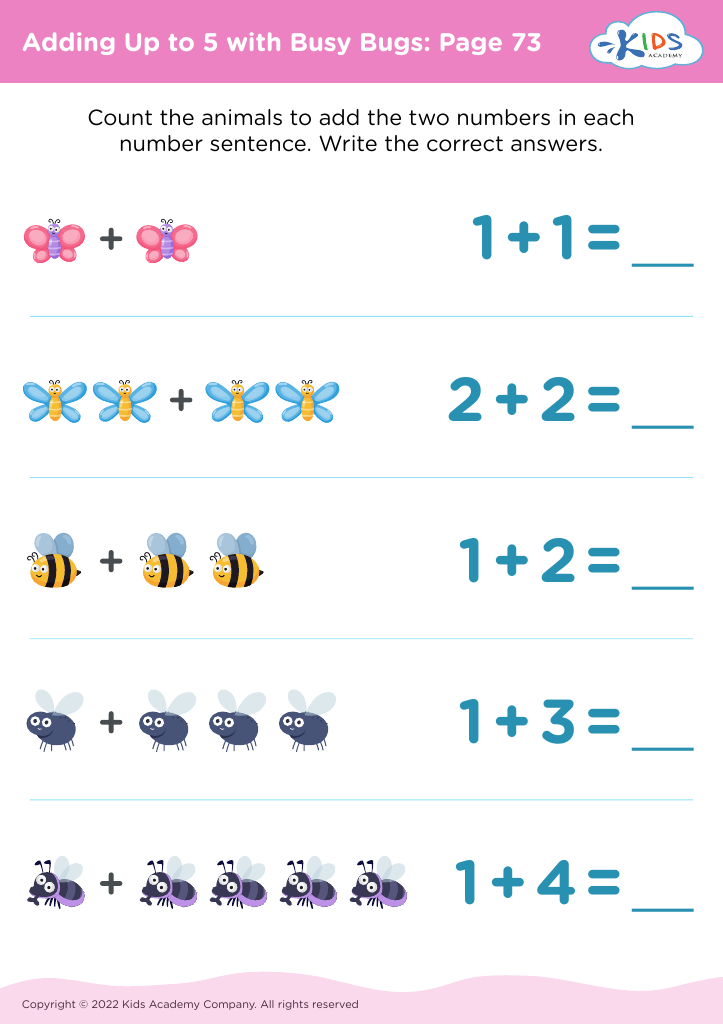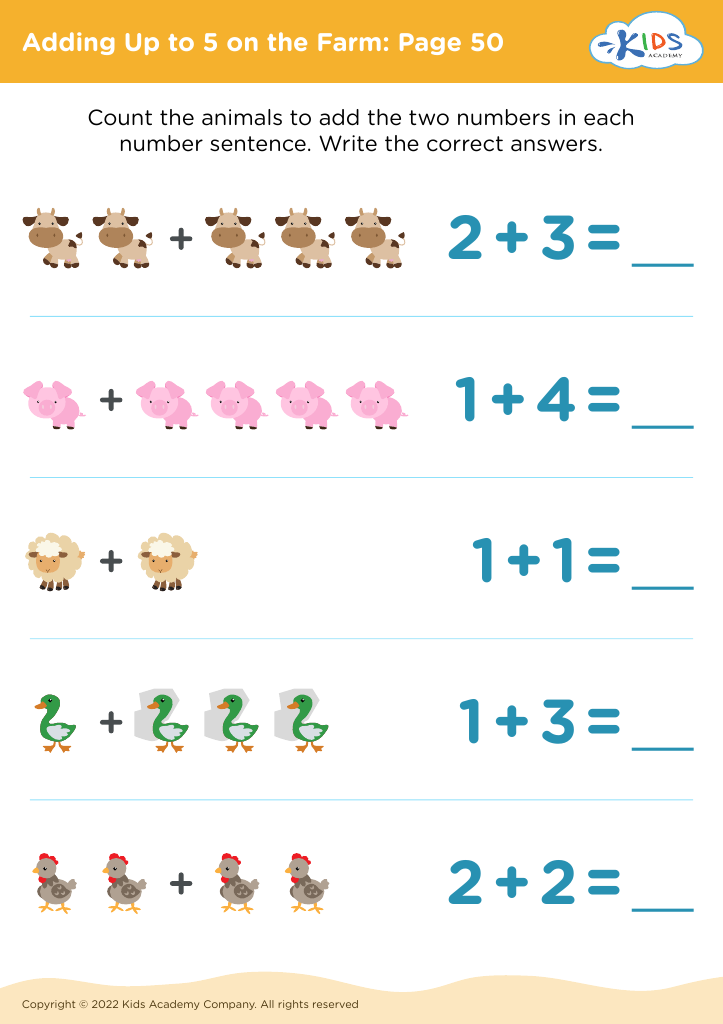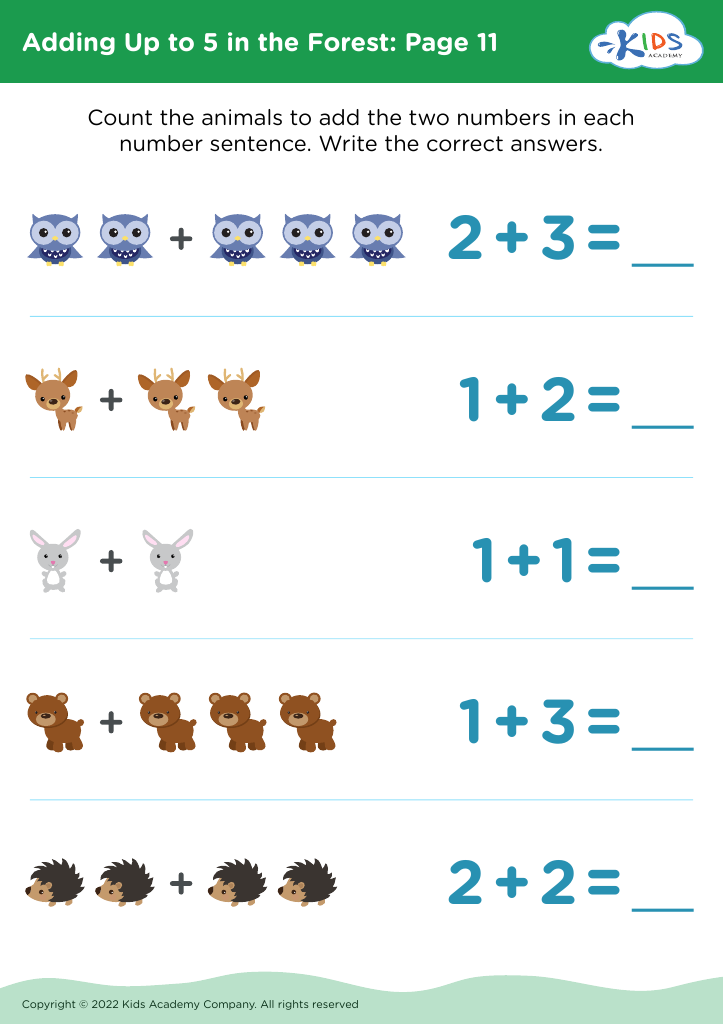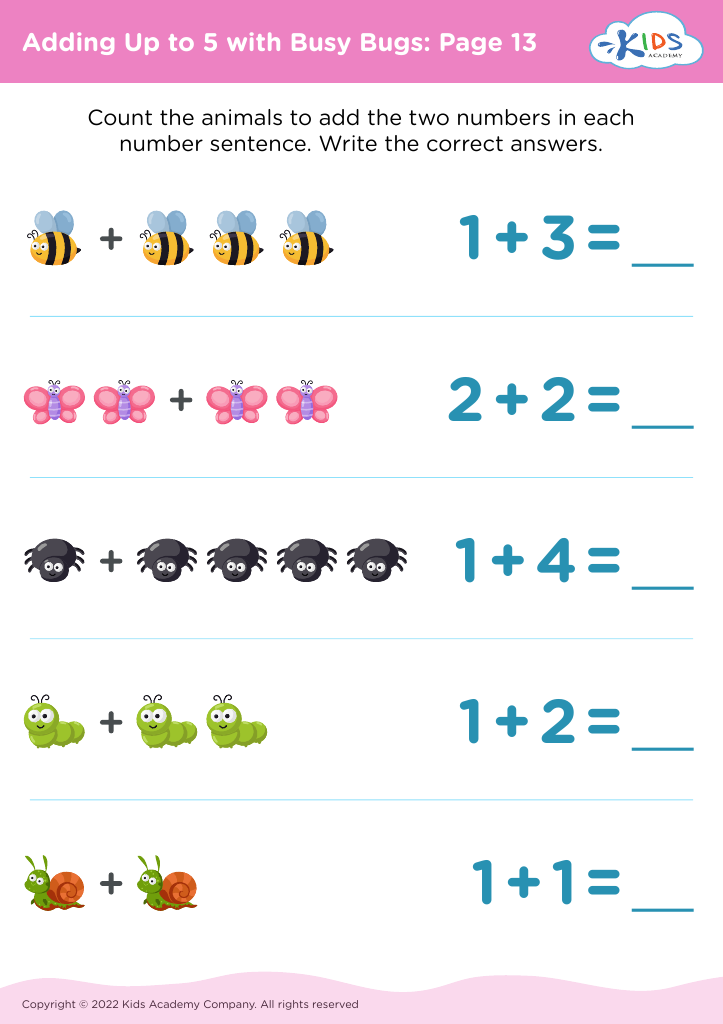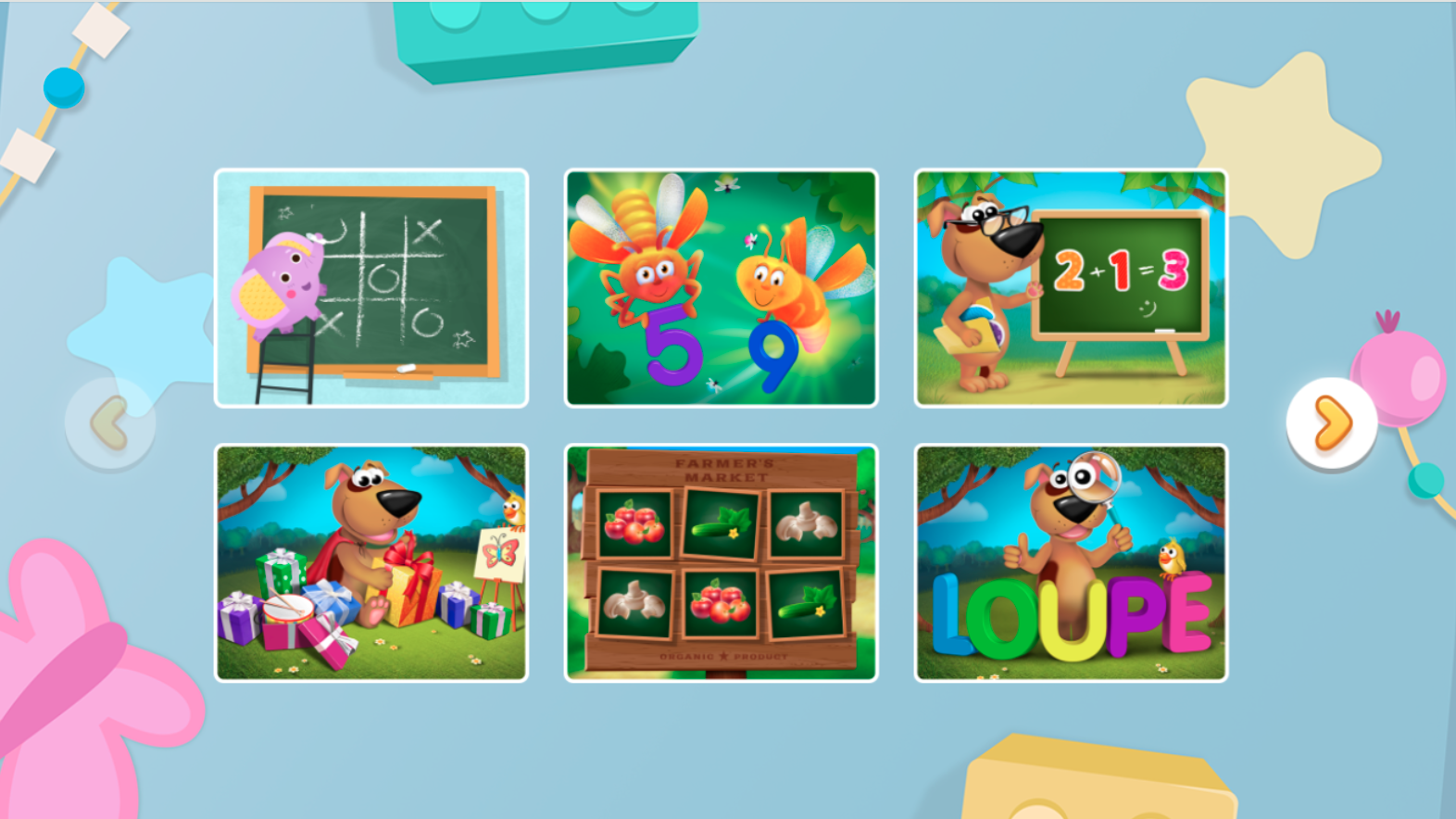Visual Perception Skills Worksheets for 3-Year-Olds
8 filtered results
-
From - To
Discover our engaging Visual Perception Skills Worksheets designed specifically for 3-year-olds! These interactive activities help young learners develop essential visual processing abilities through fun and colorful exercises. Our worksheets focus on enhancing skills such as shape recognition, spatial awareness, and pattern matching, all while nurturing creativity and curiosity. Perfect for parents and educators, these worksheets encourage hands-on learning and independent exploration. As children complete each activity, they build confidence in their visual perception skills, setting a solid foundation for future learning. Explore our range of printable worksheets and watch your child's visual awareness flourish in a joyful and supportive environment!
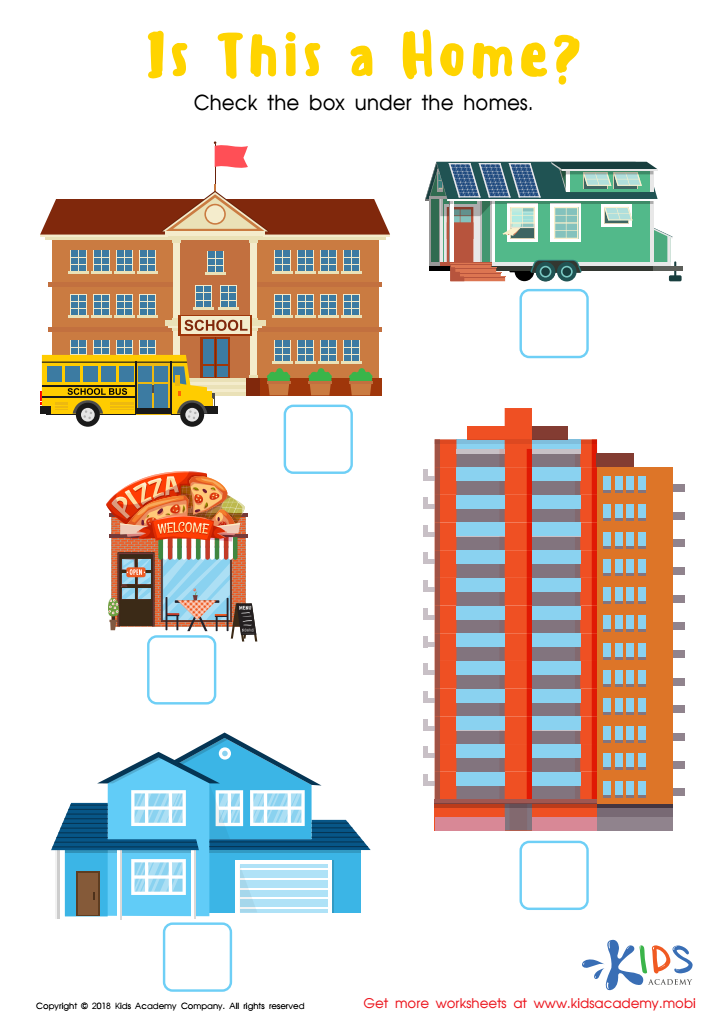

Is this a Home? Worksheet
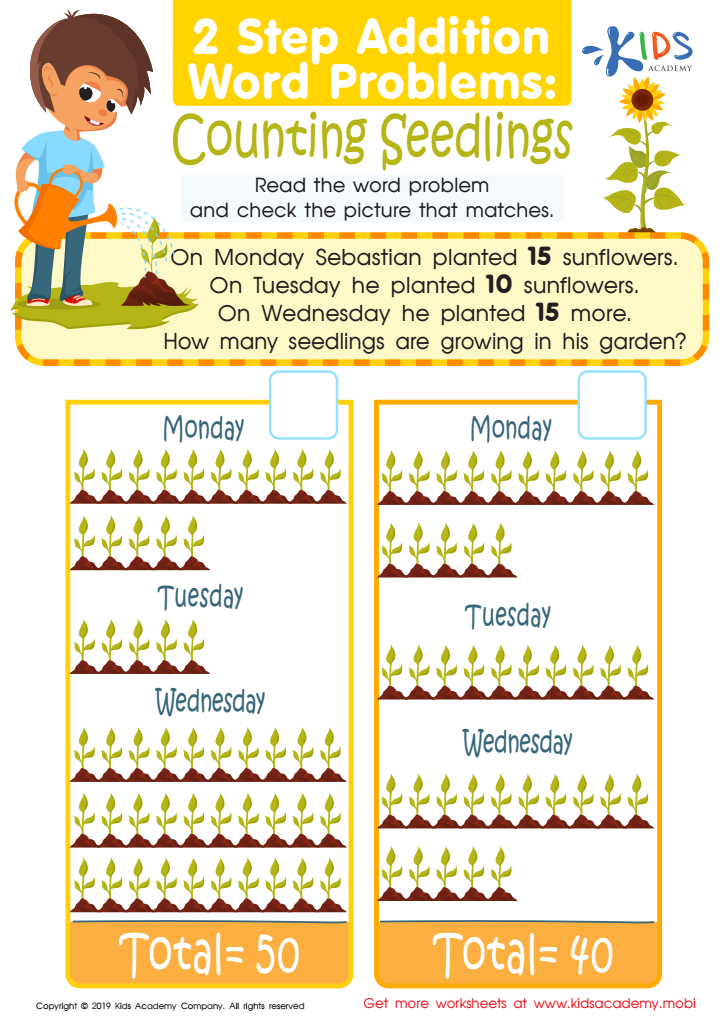

Counting Seedlings Worksheet
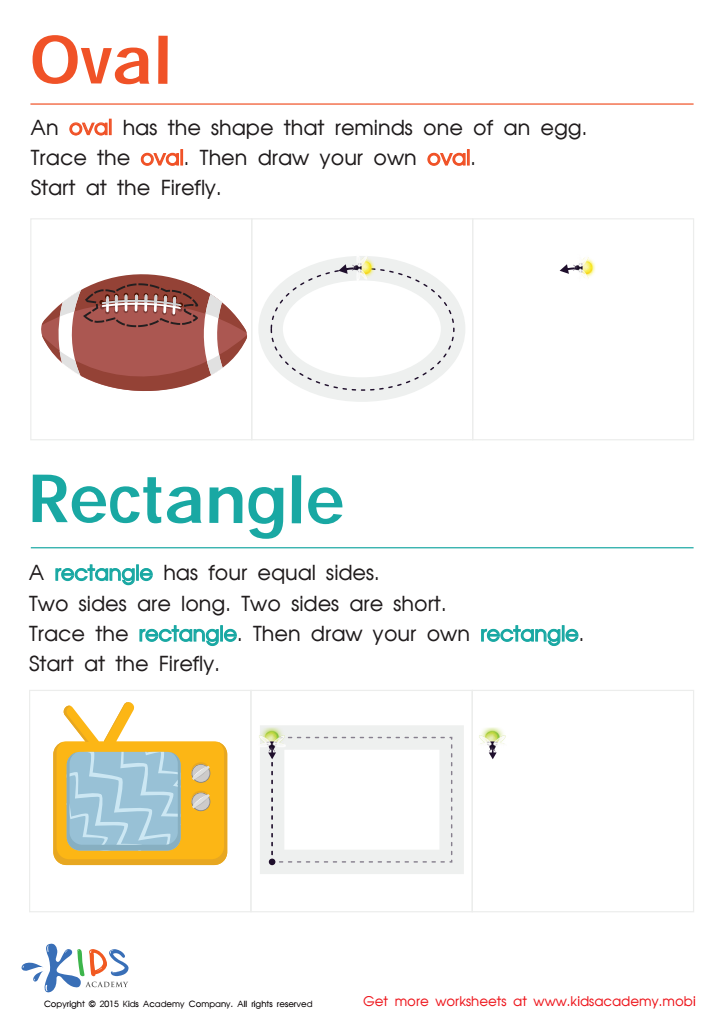

Easy Drawing of Ovals And Rectangles Worksheet
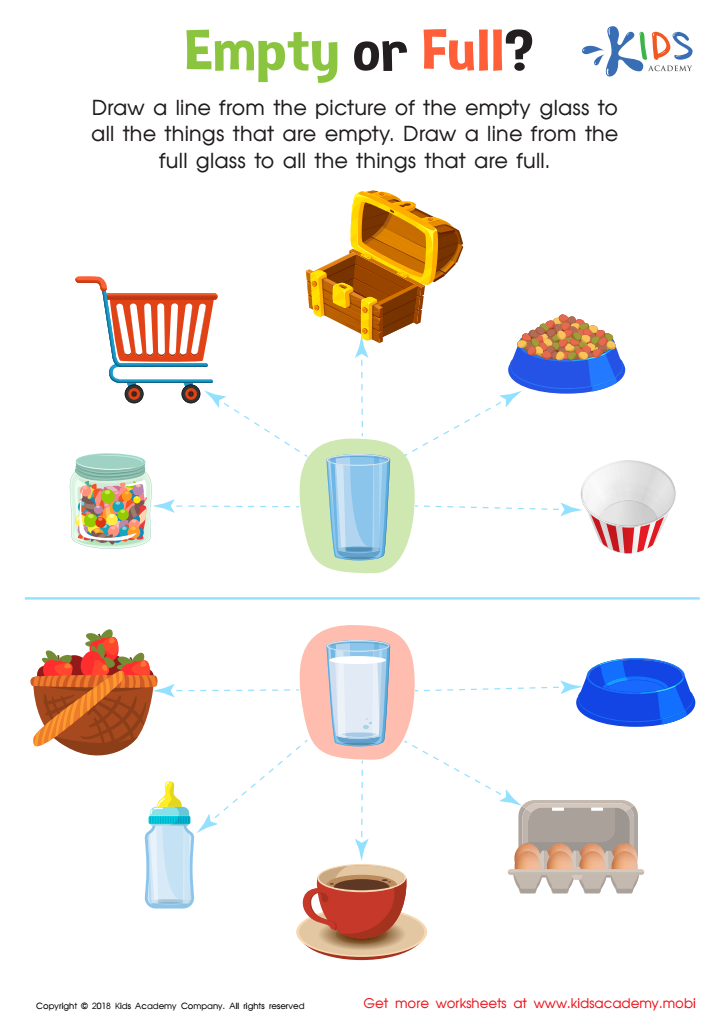

Empty or Full? Worksheet
Visual perception skills are crucial for the development of 3-year-olds, impacting their overall learning and growth. These skills involve the ability to interpret and make sense of visual information, which is foundational for various tasks such as reading, writing, and problem-solving. Parents and teachers should care about visual perception because they form the basis for more complex cognitive abilities.
At this age, children begin to explore their environments, and strong visual perception helps them identify shapes, sizes, and colors, as well as discern details in their surroundings. Engaging in activities that promote these skills—like puzzles, matching games, or even drawing—encourages cognitive development and enhances fine motor skills. Furthermore, visual perception is linked to a child’s ability to follow directions and understand spatial relationships, both of which are necessary for success in school and daily life.
When parents and teachers focus on nurturing visual perception skills, they empower children with the tools needed for effective learning. Understanding the significance of these skills can lead to earlier identification of potential learning challenges, allowing for timely interventions that can greatly enhance a child's overall educational experience. Supporting visual perception ultimately contributes to a child’s confidence and independence in their learning journey.
 Assign to My Students
Assign to My Students

